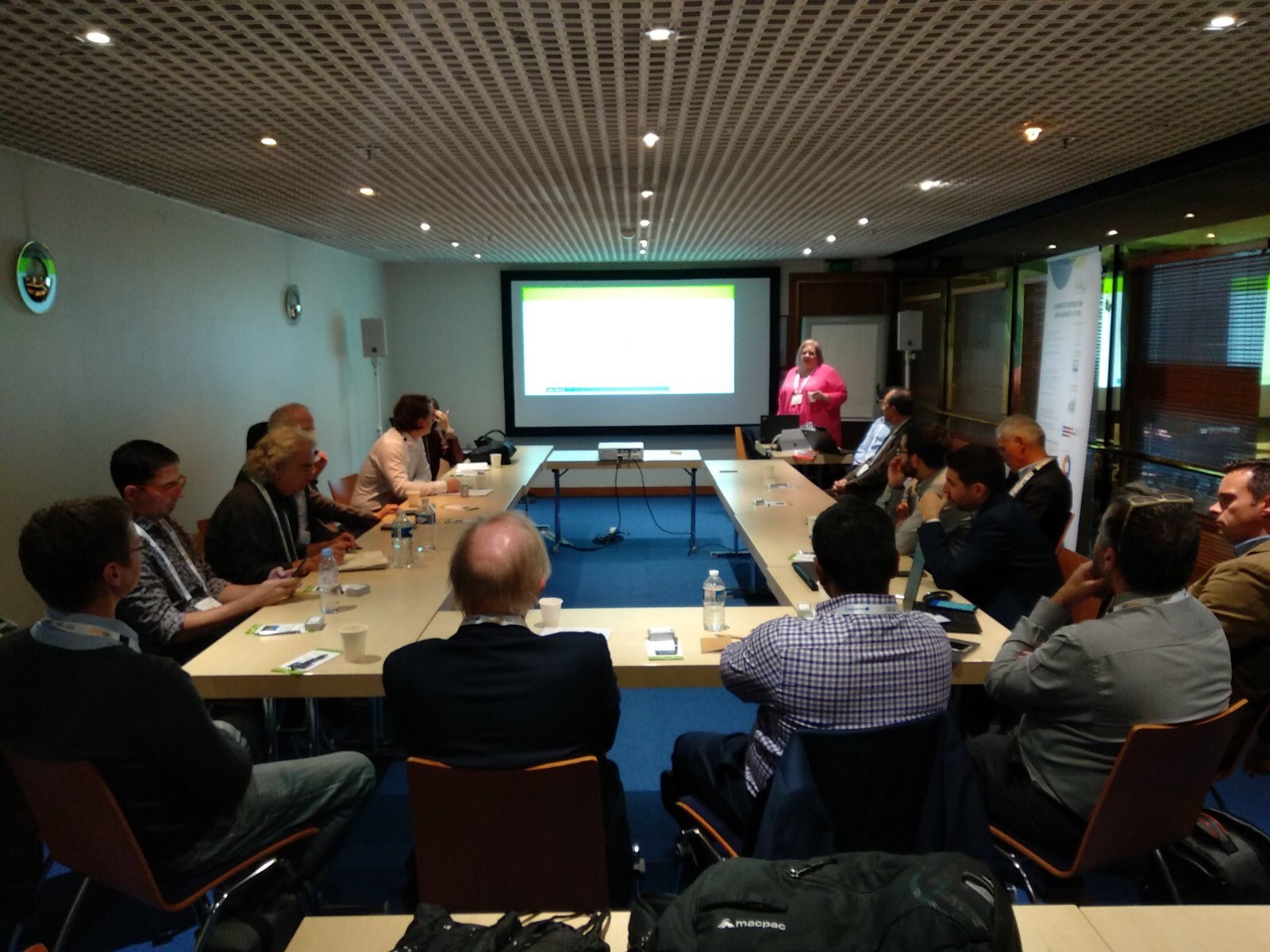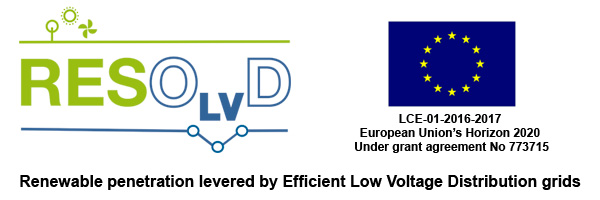WP6: New Business Models, Project Exploitation and standardisation
While the primary focus of RESOLVD project lies within the novel technology development, consortium recognises the importance of addressing the business aspects of the novel solutions developed in the project. Work package 6 has a specific focus on developing innovative business models and exploitation possibilities for RESOLVD tools in distribution networks in order to maximise the impact of the RESOLVD project. Work is divided into 4 tasks and reported through 2 public and 3 confidential deliverables as well as disseminated via various channels throughout the project lifetime.
First task is focusing on stakeholder analysis and engagement plan. The stakeholder analysis is an important tool to understand the stakeholders’ specific needs. This makes it possible to customize exploitation strategies for each stakeholder type and also for each project outcomes. As part of this work package, a novel methodology was developed for utilising external stakeholders through an expert group called stakeholder innovation group (SIG) in business model development. A detailed stakeholder analysis performed in the project has been documented in Deliverables D6.1 & D6.2.
Second task is focusing on RESOLVD’s contribution to standards and policy and regulatory agendas. Regulative limitations are among the most prominent potential barriers for deployment of new solutions in traditional industry sectors like energy sector. This task maps the different local regulations in practice at the pilot sites and their implications on RESOLVD outcomes, specifically on the ownership and operation of storage systems. At the European level this task focuses on collecting information, envisaging possible contributions to standards and participating in standardization initiatives taking place during the project. To reach out to policy makers and regulatory authorities a white paper is being prepared to highlight current regulatory barriers to RESOLVD innovations and potential redesigns of regulation to support innovations.
Third task aims to maximise the exploitation potential of the RESOLVD outcome within industrial and public entities as well as electricity distribution market actors. The key outcomes of this task is the business models for RESOLVD solutions and detailed joint and individual exploitation plan of each project beneficiary. Currently a draft business and exploitation plan has been drafted which is currently being followed in last year of the project by the beneficiaries. External stakeholders are included in the process through SIG to ensure innovations from the project caters to the need of future customers.
Finally, the fourth task is ensuring the proper management of intellectual property rights in the RESOLVD project. The large Background IP owned by the beneficiaries and expectations that new IPs will be created makes Intellectual Property management a sensitive and important task during the life time of the project. IPR issues have been internally explored by every partner.

